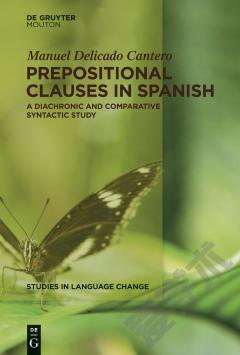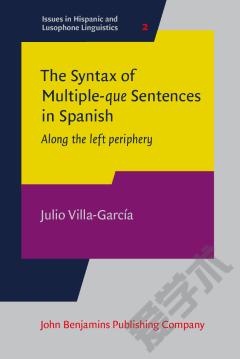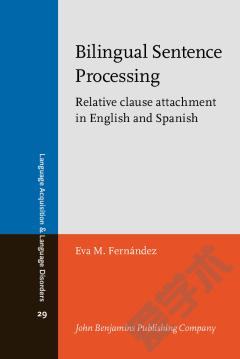Left Sentence Peripheries in Spanish. Diachronic, Variationist and Comparative Perspectives.
Since the advent of syntactic cartography, left sentence peripheries have begun to take center stage in linguistic research. Following the lead of Rizzi (1997), much work on left peripheries has been focused on Italian, whereas other Romance languages have attracted somewhat less attention. This volume offers a well-balanced set of articles investigating left sentence peripheries in Spanish. Some articles explore the historical evolution of left dislocation and fronting operations, while others seek to assess the extent – and the limits – of variation found between different geographical varieties and registers of the contemporary language. Moreover, the volume comprises several case studies on the interfaces between syntax, semantics, and information structure, and the implications of these for pragmatic interpretation and the organization of discourse. Cross-linguistic and typological perspectives are also provided in due course in order to position the analyses developed for Spanish within a larger research context.
{{comment.content}}








 京公网安备 11010802027623号
京公网安备 11010802027623号